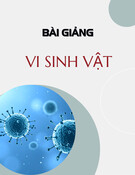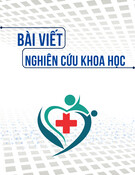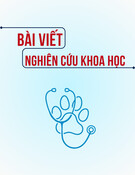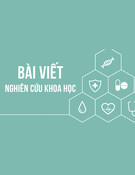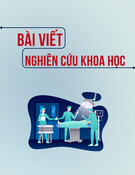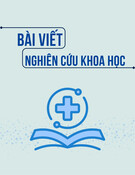
Arteriography
Angiography or arteriography is a medical imaging technique used to visualize the
inside, or lumen, of blood vessels and organs of the body, with particular interest
in the arteries, veins and the heart chambers. This is traditionally done by injecting
a radio-opaque contrast agent into the blood vessel and imaging using X-ray based
techniques such as fluoroscopy. So angiography consists of MRI, CT-Scan. . .
Many kinds of Angiograms, for example
Coronary angiography
Microangiography
Neuro-vascular angiography
Peripheral angiography
How does anteriography play important role in diagnosis Gastrointestinal
bleeding?

Endoscopy for upper gastrointestinal bleeding and scintigraphy for lower
gastrointestinal bleeding are important steps in the management and outcome of
transcatheter angiography. Computerized tomography angiography is a promising
tool for the treatment of both upper and lower GI bleeding, and this procedure has
become part of the imaging toolset. In addition, angiography performed outside of
working hours had a higher rate of clinical success than the angiographies
performed in working hours, most likely secondary to much appropriate timing of
arteriogram in terms of critical bleeding intervals.
In upper GI bleeding, arteriography is reserved for situations where brisk bleeding
makes endoscopy difficult.
Multidetector computed tomography (CT) allows excellent visualization of both
the small and large bowel. Multiphasic multidetector CT allows direct
demonstration of bleeding into the bowel and is helpful in the acute setting for

visualization of the bleeding source and its characterization. The additional
information provided by multidetector CT angiography before attempts at
therapeutic angiographic procedures leads to faster selective catheterization of
bleeding vessels, thereby facilitating embolization.
Some investigators advocate an upper GI endoscopy after colonoscopy yields
negative results, as about 10% of cases are ultimately found to involve an upper
GI source of bleeding
Therapeutic angiography is most strongly indicated in poor surgical candidates
(elderly, severely ill patients) but is increasingly offered to all acute GI bleeders
who continue to bleed after endoscopy
In small-bowel or lower GI bleeding, arteriography is utilized for both diagnosis
and therapy of the acutely bleeding lesion, typically after initial localization with
TRBC scanning or capsule endoscopy.

Because colonoscopy of an unprepared colon is more difficult than upper
endoscopy and lesions may be missed in a dirty colon because of poor preparation
or active bleeding, the evaluation of lower GI bleeding is less straightforward.
Angiography remains the best option in a patient in unstable condition and should
be performed in cases of massive bleeding
The three diagnostic modalities employed emergently for evaluation of acute
lower GI bleeding are colonoscopy/sigmoidoscopy, technetium bleeding scans and
angiography.
As with upper GI bleeding, angiography is typically reserved for heavy bleeding
(>1 ml/min), and has two advantages as a precedent to surgery—it may stabilize a
patient through vasopressin and embolization to avoid surgery or allow for

elective surgery, and angiography can localize the bleeding site to reduce the
extent of bowel resection
Diverticulosis has been implicated as the source of bleeding in as many as 60% of
cases of lower GI bleeding. The diverticula are more prevalent in the left or
sigmoid colon, but positive arteriographic findings for bleeding localizes the
bleeding to the right colon in 60% of cases.

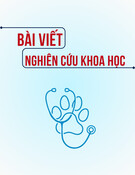
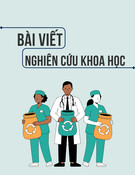








![Tài liệu Triệu chứng học nội khoa [mới nhất]](https://cdn.tailieu.vn/images/document/thumbnail/2025/20251204/oanhlahet@gmail.com/135x160/5231764900514.jpg)
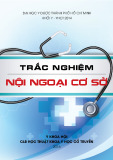
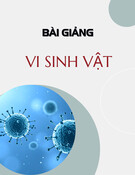
![Bài giảng Vi sinh vật: Đại cương về miễn dịch và ứng dụng [chuẩn nhất]](https://cdn.tailieu.vn/images/document/thumbnail/2025/20251124/royalnguyen223@gmail.com/135x160/49791764038504.jpg)
